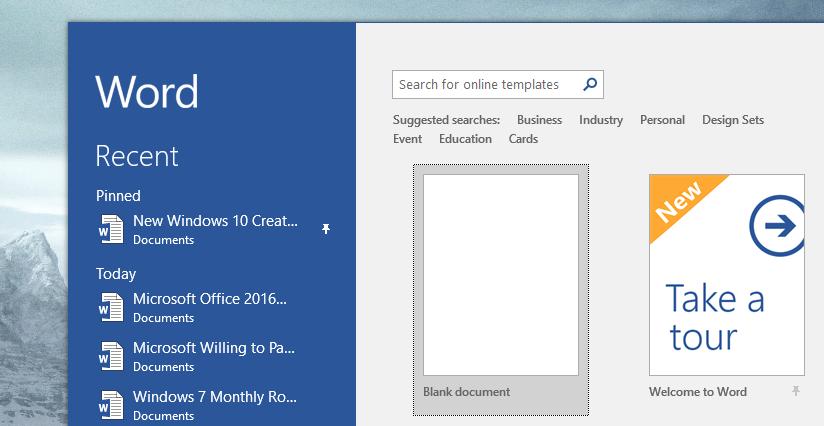Adding two spaces after a period is something that so many people seem to do, despite others obviously going for what they believe to be the correct choice and using just one space.
While the two-space rule actually made sense in the era of typewriters, it does’t anymore, so switching to a one-space approach is something that everyone should do.
Of course, not all users are ready to add just one space after a period, as the change appears to be rather difficult and painful for so many of us, but beginning recently, Microsoft is actually lending these people a hand to ease the transition.
Alan Chen reported on Twitter than the use of two spaces after a period is now flagged as an error in Microsoft Word. “The one-spacers have won,” he tweeted in a message that went viral over the weekend.
Mixed reactions
While I can’t reproduce this change in Microsoft Word on my computer, Microsoft has been offering settings to switch to a one-space rule in Microsoft Office for many years already. But while this was just an optional change, Chen says the whole thing started “without me having changed my settings.”
The change was received with mixed reactions by the user community, but many believe that using just one space after a period is something that makes total sense.
“Consistency and efficiency won. Two spaces after a period is a relic of the typewriter world,” someone says. “There should always be two spaces unless you need to cut down to fit in the 280 limit. Readability improves with two spaces,” another Twitter user, who this time suggests we should all stick with two spaces after a period, explains.
The new approach is without a doubt controversial, but while change is hard, it’s all just a matter of time until everyone adapts to the one-space rule.
The one-spacers have won. Microsoft Word now showing 2 spaces after a period as an error. — Alan Chen (@profalankchen) April 10, 2020



